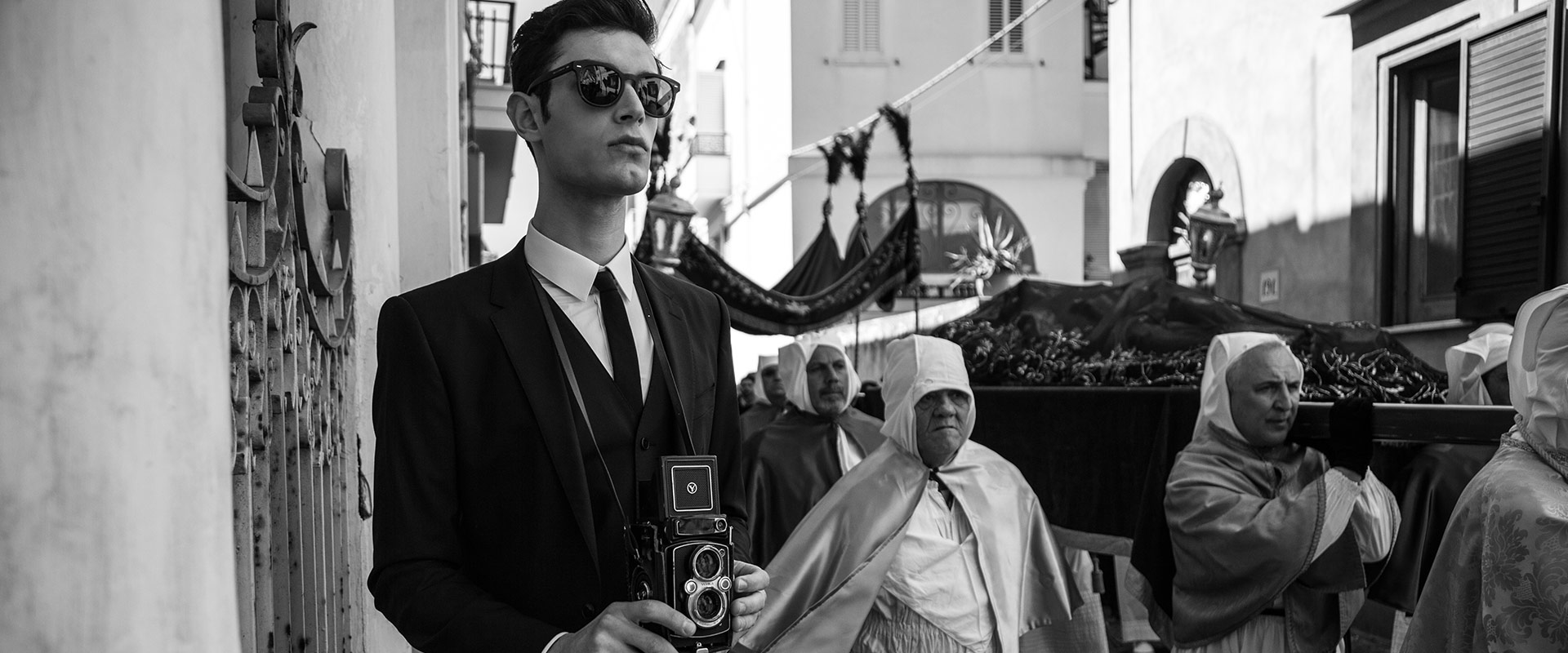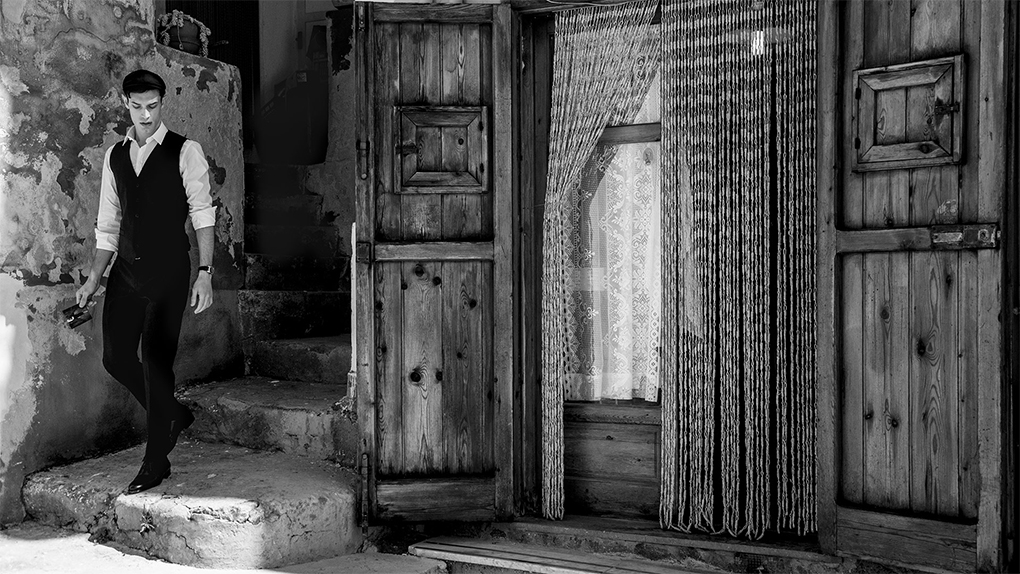The unique spectacle of the Good Friday Procession in Procida is the backdrop of Neapolitan filmmaker Pepe Russo’s latest interpretation of the Dolce&Gabbana spirit, but let’s find out more about this ancient Easter ritual.
Italy’s cultural traditions often represent the unique relationship between the catholic culture and its pagan past. During Easter for example, especially on Good Friday processions that play out the last days of Jesus, with all their brutality and violence take to the streets. Of the many festive processions in the Gulf of Naples, Procida’s Good Friday procession is one of the most famous and the most fascinating.
The procession is a tradition started by the Confraternita dei Turchini, or dell’Immacolata Concezione, which was funded in 1629 by the Jesuit order. The procession, which started as a penitential cortege, today is centred around the “misteri”, floats which depict scenes from the Old and New Testament.
The conception of the floats starts just after the Christmas celebrations with communities from the town, schools and associations coming together to decide the subject of each float and begin building it. Made of basic materials such as wood, papier-maché, glass or iron, between 40 and 60 flats are created ex novo each year. Recently contemporary subjects have also been interpreted as subject for floats.
The course of the procession has remained the same for centuries, and every Easter Friday at about 7 am the Turchini and the inhabitants of the island of Procida begin their journey from the ancient centre of the town Terra Murata to the Marina Grande. The procession begins with the sound of trumpets, the musicians are then joined by men carrying flags that represent various religious brotherhoods, their steps timed to the beat of the drums. This is followed by the “misteri”(which are carried by the men who helped build them), the flower girls, and then the babies dressed in black – the little angels carried by their fathers – accompanied by the Statue of Mary in mourning, and finally, the statue of the “Dead Christ”. The statue of Christ was carved by Carmine Lantricene (1728), and finishes the procession in a poignant fashion.
Subject, photography and direction: Pepe Russo
Camera: Diego Perrini
Editing: Diego Perrini e Pepe Russo
Actor: Tommaso Ciniglio
Production Assistants: Serena Caropreso, Giuliana Grose
Fashion: Dolce&Gabbana
A special thank you to the population of the island of Procida.
Cover credit: Set photo by Pepe Russo



